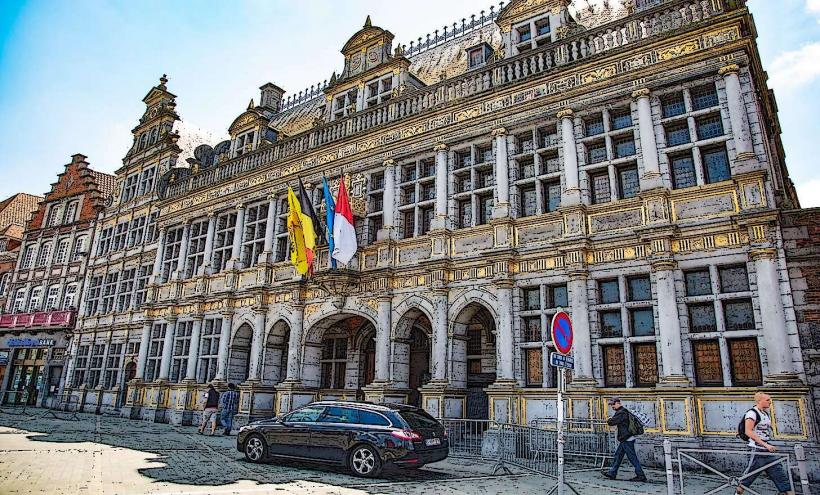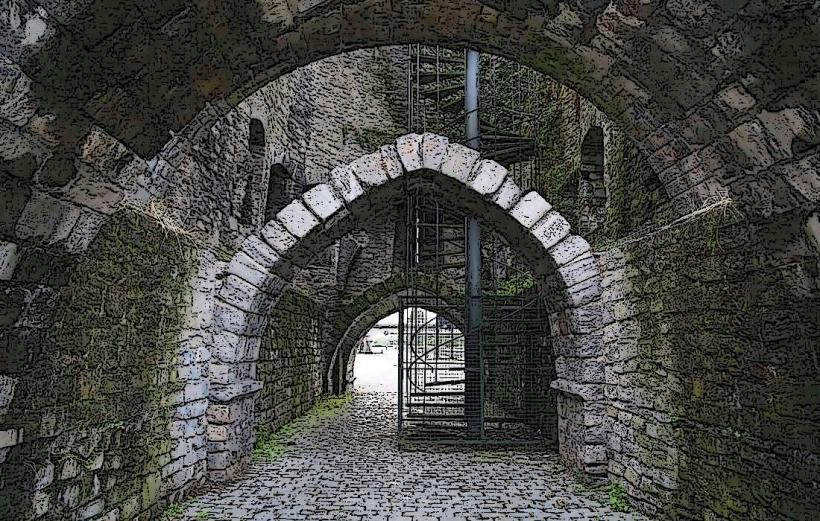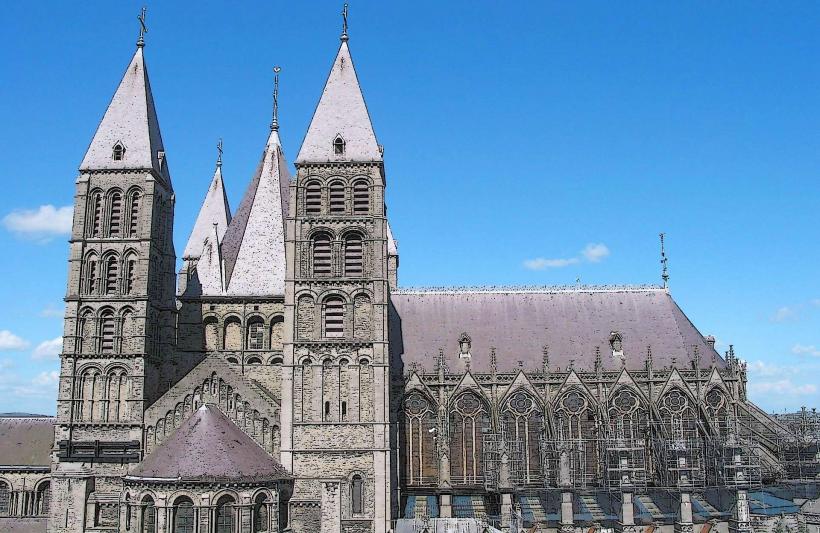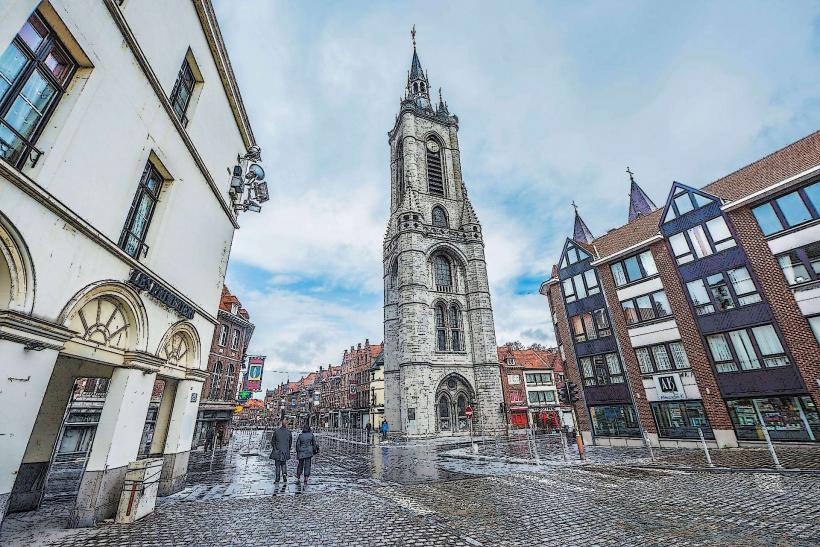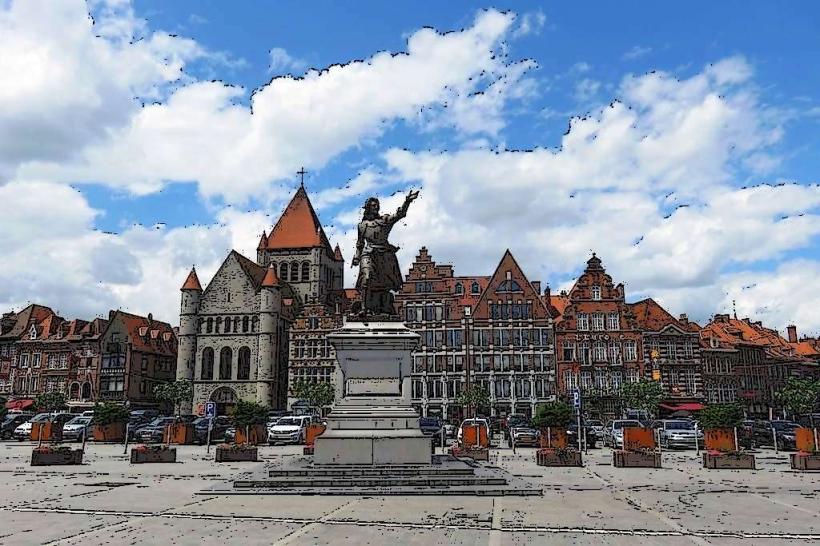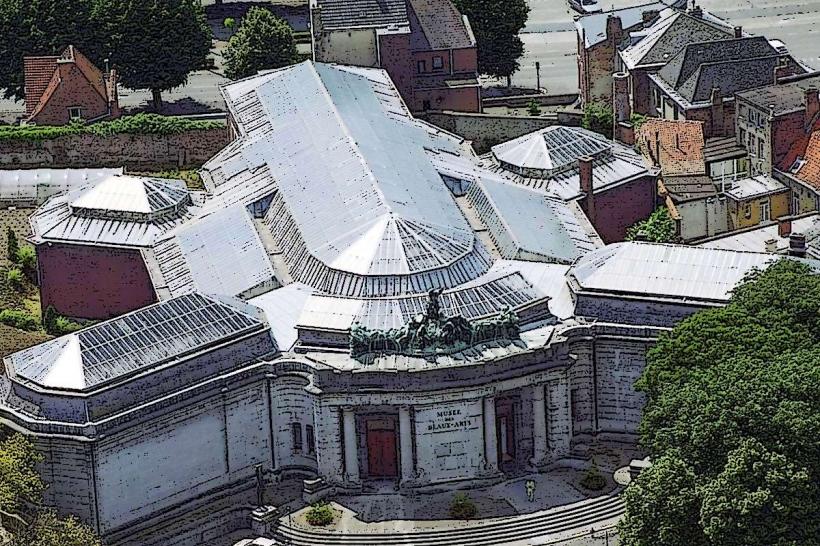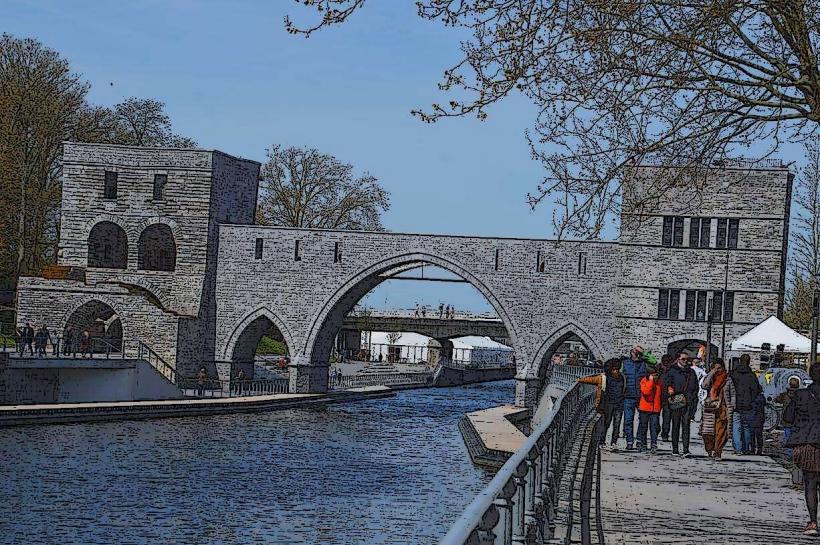Information
Landmark: St. James' ChurchCity: Tournai
Country: Belgium
Continent: Europe
St. James’ Church (Église Saint-Jacques) is a historic church located in the city of Liège, Belgium. It is one of the prominent religious and architectural landmarks in the city, with a rich history dating back to the medieval period.
Historical Background
Foundation and Early History: St. James’ Church was originally founded in the 12th century, around 1163, by the Augustinian canons as part of a monastery dedicated to St. James. The church was built to serve as both a pilgrimage church for those traveling to the shrine of St. James in Santiago de Compostela, and a place of worship for the local community.
Religious Significance: St. James' Church was an important stop along the Camino de Santiago (the Way of St. James), a major pilgrimage route that leads to the tomb of St. James the Apostle in Spain. Pilgrims on their journey would often stop at churches dedicated to St. James, and the church in Liège was one such significant site.
Construction and Development: Over the centuries, the church underwent numerous modifications and expansions, particularly in the Gothic and Baroque styles. The church has been altered and expanded several times, with major renovations taking place in the 17th and 18th centuries to adapt it to the evolving tastes and architectural trends of the period.
Architectural Features
Gothic and Baroque Styles: St. James’ Church is a blend of Gothic and Baroque architectural styles, with elements from each period visible throughout its design. The Gothic style is evident in the church’s verticality, with pointed arches, ribbed vaults, and large stained glass windows that allow light to flood the interior. The Baroque influences can be seen in the ornate altars, woodwork, and decoration inside the church.
Facade: The church has an imposing façade, characteristic of Gothic churches in the region. The main entrance features large wooden doors with intricate carvings, and above it, a rose window typical of Gothic architecture. The spire of the church is tall and slender, reaching towards the sky, which was a common feature in medieval and Gothic church design, symbolizing a connection to the divine.
Interior: Inside, the church is beautifully decorated, with Baroque-style altars and statues of saints, including St. James himself. The interior features large stained-glass windows depicting scenes from the life of Christ and the Virgin Mary. The nave and aisles are spacious, and the use of light through the windows creates a serene atmosphere conducive to contemplation and prayer.
St. James’ Shrine: The church originally housed the shrine of St. James, which attracted pilgrims from various parts of Europe. Though the shrine no longer exists, the church still maintains its pilgrimage significance as part of the Camino de Santiago route.
Notable Features
Stained Glass Windows: One of the most notable features of St. James’ Church is its stunning collection of stained glass windows, many of which date back to the 14th and 15th centuries. These windows depict various biblical scenes, saints, and episodes from the life of St. James, illustrating both the religious and artistic heritage of the church.
Baroque Altars: The Baroque altars inside the church are rich in detail, featuring gold-leaf decorations, intricate woodwork, and paintings of various saints and biblical scenes. These altars are a reflection of the religious fervor of the time and the church’s role as a center of worship.
Bell Tower and Spire: The bell tower of St. James’ Church is a striking feature, topped with a spindle-like spire. The tower’s design is influenced by the Gothic style, and it remains a prominent part of the city’s skyline.
Role in Liège’s Religious Life
Pilgrimage Site: As mentioned, St. James’ Church played a significant role in the pilgrimage routes of the Camino de Santiago, providing a place of rest and worship for pilgrims traveling across Europe. This tradition continues today, as the church is part of the modern Camino de Santiago route, which remains one of the most important religious pilgrimage routes in the world.
Community and Worship: While the church no longer serves as a major pilgrimage site, it continues to be a place of worship for the local Catholic community in Liège. It hosts regular Masses, religious events, and community activities. The church is also a center for spiritual reflection and meditation for visitors, whether they are local worshippers or tourists interested in its history.
Cultural and Historical Significance
Cultural Heritage: St. James’ Church is an important part of Liège’s cultural heritage, contributing to the city’s identity as a center of religious and artistic life. It serves as a reminder of the city’s medieval past and its role as a key stop along the Camino de Santiago.
Tourist Attraction: The church is a popular tourist attraction, not only for those interested in its religious history but also for those fascinated by medieval and Baroque architecture. The church’s architectural beauty, combined with its historical importance, makes it an essential stop for anyone visiting Liège.
Conclusion
St. James’ Church (Église Saint-Jacques) is a stunning example of medieval and Baroque architecture, rich in religious and artistic heritage. From its origins as a pilgrimage site to its role as a place of worship for the people of Liège, the church has stood as a symbol of the city’s spiritual life for centuries. Its beautiful stained-glass windows, Baroque altars, and Gothic elements make it a significant cultural landmark, and it remains a central part of both Liège’s history and its religious community today.

